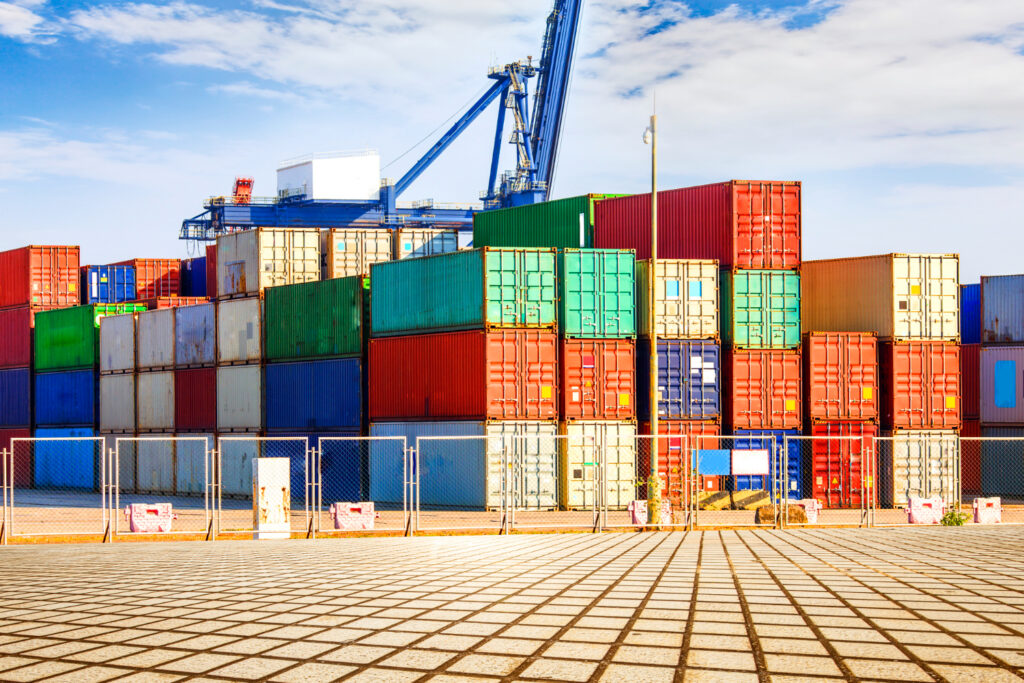The offshore industry in Malaysia is undergoing a significant transformation with the introduction of Autonomous Platform Supply Vessels (PSVs). These advanced vessels, equipped with cutting-edge technology, are set to revolutionize offshore operations. This article aims to provide valuable insights into the concept of Autonomous PSVs, addressing questions and offering informative content to Malaysians. By understanding the potential of these vessels, Malaysia’s offshore industry can leverage their advantages for increased efficiency, safety, and sustainability. Click http://www.altusmalaysia.com for more info.
What are Autonomous PSVs?
Autonomous PSVs are state-of-the-art vessels that leverage advanced technologies such as artificial intelligence, sensors, and data analytics to navigate and operate autonomously. These vessels are designed to transport essential supplies, equipment, and personnel to offshore installations. Unlike conventional PSVs, Autonomous PSVs can perform their tasks with minimal human intervention, enhancing safety and efficiency in offshore operations.
How do Autonomous PSVs Operate?
1. Cutting-Edge Navigation Systems:
Autonomous PSVs are equipped with sophisticated navigation systems, including GPS, radar, and sonar, enabling precise positioning and obstacle avoidance. These systems allow vessels to navigate complex offshore environments safely and efficiently.
2. Advanced Sensing Technologies:
The integration of advanced sensing technologies, such as LiDAR and cameras, enables Autonomous PSVs to gather real-time data about their surroundings. This data is processed by onboard computers, allowing the vessels to make informed decisions and adjust their course accordingly.
3. Intelligent Decision-Making Capabilities:
Artificial intelligence (AI) algorithms play a crucial role in Autonomous PSVs’ operations. These algorithms analyze sensor data, weather conditions, and other relevant factors to optimize route planning, speed, and fuel consumption. AI-driven decision-making enhances efficiency and reduces operational costs.

The Advantages of Autonomous PSVs
1. Enhanced Safety:
Autonomous PSVs reduce the risks associated with human error and fatigue. With advanced navigation systems and intelligent decision-making capabilities, these vessels can operate in challenging offshore environments with a higher level of precision and safety.
2. Increased Efficiency:
Autonomous PSVs optimize operational efficiency by minimizing human intervention and maximizing route planning and fuel consumption. These vessels can operate around the clock, reducing downtime and optimizing the delivery of essential supplies to offshore installations.
3. Environmental Sustainability:
By optimizing fuel consumption and reducing carbon emissions, Autonomous PSVs contribute to a greener offshore industry. These vessels employ efficient propulsion systems and can adopt alternative energy sources, such as solar or wind power, further reducing their environmental impact.
Conclusion
The advent of Autonomous PSVs marks a significant turning point in Malaysia’s offshore industry. These vessels offer increased safety, enhanced efficiency, and environmental sustainability. By embracing this cutting-edge technology, Malaysia can position itself as a global leader in autonomous offshore operations. As the industry progresses, it is vital for Malaysians to stay informed about these advancements and explore opportunities to leverage the advantages of Autonomous PSVs. The future of Malaysia’s offshore industry is on the horizon, and Autonomous PSVs are poised to play a pivotal role in its transformation and growth.
